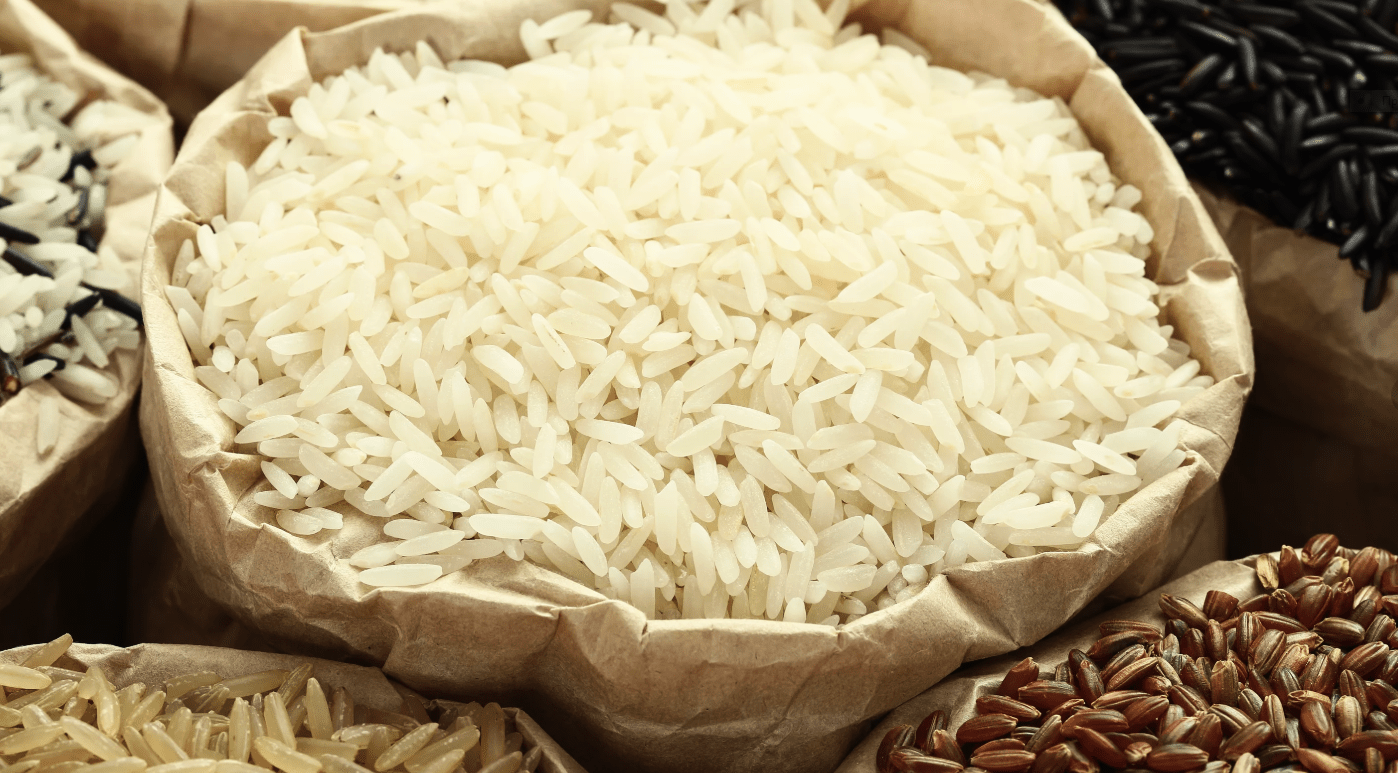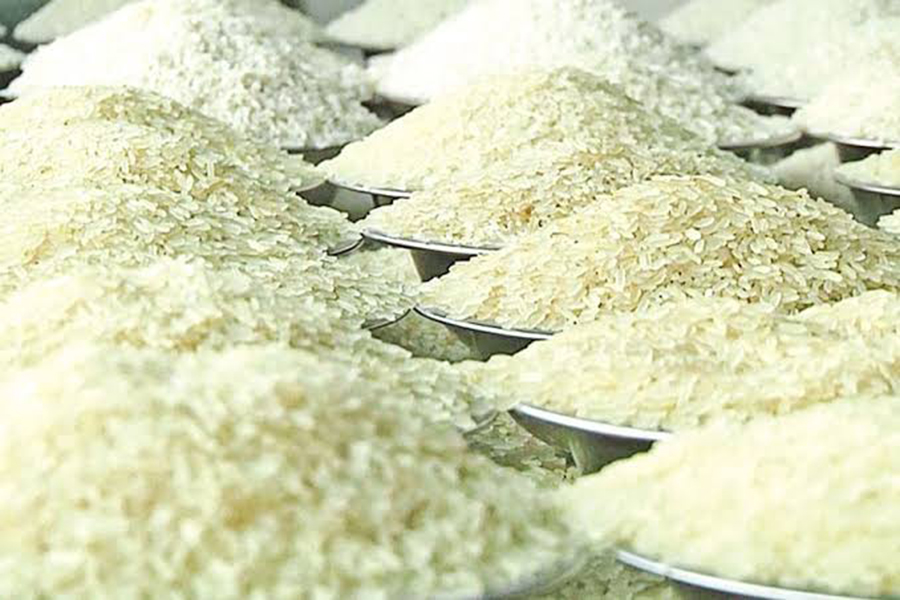Tags
Phl as top rice importer questioned

Vivienne Angeles
The Samahang Industriya ng Agrikultura, or SINAG, contradicted on Tuesday the United States Department of Agriculture’s projection that the Philippines would emerge as the top global importer of rice in 2024 with 3.8 million metric tons of the staple reportedly coming in.
The group said the USDA’s figures and projections had proven to be inaccurate in the past, thus its most recent pronouncement should be taken with a grain of salt.
SINAG president Rosendo So cited as an example USDA’s projection that the Philippines would import 3.9 million MT of rice in 2023, which it then revised down to 3.5 million MT last October.
The actual total importation for last year stood at 3.22 million MT, So pointed out. “So that means the USDA’s projection is not definite.”
“Of course, there are many factors. What’s the situation really. But if we look at last year, the [projection] was far exaggerated,” he said.
So said that while the Duterte administration focused on importing rice, the thrust of the Marcos dispensation is to increase local production, something which resulted last year in a drop in importation figures.
“We hope that is the direction of the Department of Agriculture, so that we can continue to plant in our country,” said the SINAG official, adding that they are expecting a drop in rice farmgate prices in March.
Prices down
“When our local production increases, the price will be lower because there is no transport from other countries to here. We expect our harvest in the third week of March — the price will be 45 pesos lower; it will not reach 50-plus.”
He said their own forecast is that the country will import 3.2 to 3.3 MT this year, enough to offset the effects of the El Niño dry spell.
A survey in February is crucial to estimating the approximate harvest in March, he added, thus their monitoring of farmland situations in Isabela, Nueva Ecija and Pangasinan.
Based on the USDA’s Economic Research Service rice outlook on 17 January, the Philippines is currently estimated to import 3.8 million metric tons of rice this year, dislodging China as the top rice importer.
As of 11 January, the Philippines’ importation of rice had reached 56,090.63 MT, coming mainly from Vietnam.
The Philippines experienced a fall in rice stock inventory in December, according to data from the Philippine Statistics Authority.
The state’s total rice stock inventory as of 1 December 2023 was estimated at 1.90 million metric tons, 25.2 percent below the 2.53 million metric tons inventory in the same period of 2022.
“Month-on-month, the volume of rice stocks inventory recorded a decrement of 4.2 percent from the previous month’s inventory of 1.98 million metric tons,” the report said.
Rice stocks in all sectors during the said month declined.
NFA stock
Depositories of the National Food Authority dropped to 54.4 percent. The household sector was down by 33.2 percent, and the commercial sector shrunk by 8.7 percent.
In the 1,895.078 rice stock metric tons, households had the biggest volume of 986.78 (52.1 percent), followed by the commercial sector with 851.88 (44.9 percent), and NFA with 57.13 metric tons (3.0 percent).
“In comparison to the November 2023 rice stocks levels, month-on-month decreases were noted in rice stocks inventories in the commercial sector by 5.5 percent, NFA depositories by 5.1 percent, and in the household sector by 3.0 percent,” they added.
Meanwhile, the total corn stock inventory showed a 51.1 percent increase after being registered at 685.89 thousand metric tons as of 1 December 2023, compared to 454.03 metric tons in the same period in 2022.
“From the same month of the previous year’s level, corn stock inventories in the commercial and household sectors recorded annual increases of 51.4 percent and 49.4 percent, respectively,” the report said.
“Relative to the inventory level in November 2023, the volume of corn stocks in the commercial sector registered a month-on-month decrease of 17.4 percent. Meanwhile, corn stocks in the household sector grew by 28.1 percent.”
In the 685.89 corn stock metric tons, the commercial sector had the biggest volume of 568.01 (82.8 percent), followed by the household sector with 117.88 (17.2 percent).
https://tribune.net.ph/2024/01/23/phl-as-top-rice-importer-questionedPublished Date: January 23, 2024






